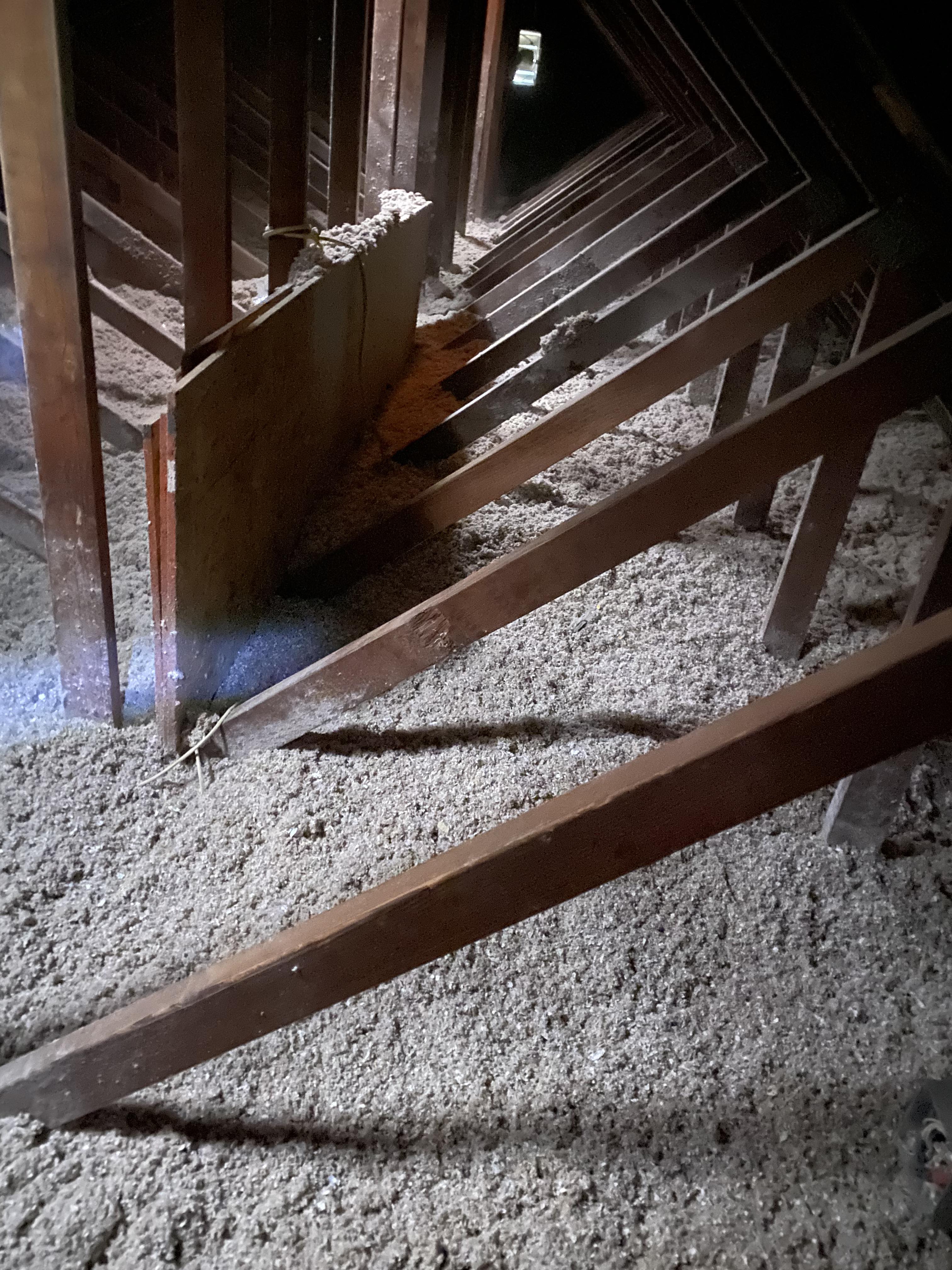The process of attic insulation removal may seem straightforward, however, a few simple errors can turn the process into a disaster. It’s important to avoid these mistakes in order to proceed with the quick and safe removal process..
Did you know that the improper removal of attic insulation can lead to significant health concerns due to the possibility of mold exposure and airborne contaminants? The U.S. Environmental Protection Agency (EPA) indicates that improper handling of your attic insulation can release harmful particles into the air inside your home. Therefore, a proper insulation removal process in your attic is critical for your health. Experts at My Insulation Guy can also help you with safe ceiling insulation removal without causing any harm.
In this guide, we will highlight some tips that can help in the smooth removal of insulation. So, stay tuned!
Why is it Important to Remove Insulation the Right Way
Removal of insulation is more than just taking some material out. Improper or careless attic insulation removal can lead to:
- Higher energy bills from improper reinstallation.
- Dust, mold, and allergen exposure.
- Structural damage to your home.
- Waste of time and money.
Mistakes to Avoid When Removing Ceiling Insulation
1. Not assessing the Type of Insulation before removal
Not all insulations are the same. Some common types of insulation are the following:
- Fiberglass Insulation – May cause mild skin irritation if it gets on your skin.
- Cellulose Insulation – Often holds moisture that can lead to mold formation, but it depends on the installation.
- Spray Foam Insulation – Requires a professional to remove safely.
Before you begin, find out what kind of insulation your attic has. If you cannot identify it, call an insulation removal company so that it can be properly removed without causing harm.
2. Not Wearing Safety Gear
Handling ceiling insulation removal requires you to wear proper safety gear, including:
- A respirator mask is used to avoid inhaling insulation particles.
- Gloves to avoid skin irritation.
- Protective clothes to avoid skin exposure.
- Safety goggles for eye protection.
If you don’t have these safety items on, you risk allergies, respiratory problems, and skin reactions.
3. Not Sealing off the Work Area
Many homeowners forget to cover the work area inside the home, which can cause insulation dust to go everywhere. There are several ways to avoid this:
- Cover vents and air ducts.
- Close all doors and use plastic sheets to cover entryways.
- Use a vacuum with a HEPA filter to remove debris.
4. Not Checking for Contaminants
Before old insulation removal, check if there are any of the following:
- Mold or mildew.
- Pest infestations (rodents love to nest in insulation!).
- Asbestos (older homes are prone).
Never remove asbestos yourself. You must hire contractors to do this safely.
5. Using the Wrong Tools
Instead of removing insulation by hand instead use:
- A heavy-weight insulation vacuum.
- Insulation removal bags.
- A shop vacuum will work for smaller debris.
By using the proper tools, attic insulation removal can be done more quickly, easily, and safely without damaging your home.
6. Improper Insulation Disposal
Many localities have strict disposal policies about insulation. Check the local policy and:
- Use sealed bags to protect against contamination.
- Call your waste management company to learn about disposal options.
- Find an environmentally-friendly disposal or recycling program.
7. Doing it Yourself when Professional Help is Needed
There are some projects that can be too dangerous to DIY. Some examples include:
- Asbestos abatement (must be done by a certified professional).
- Insulation removal that has been exposed to water (may spread the spores).
- Removal of all insulated products at once in a large attic (best done by an insulation removal company).
Consulting contractors and certified expert professionals saves time and money on rework.
Step-by-Step Instructions for Safe Removal of Insulation
Here is a step-by-step guide for safe and smooth insulation removals that can help to avoid any kind of risk:
- Recognise the type of insulation.
- Use personal protective equipment (PPE).
- Seal off the area of work to avoid any dust.
- Use proper tools and systems.
- Check for contaminants before disposing.
- Dispose of insulation in accordance with regulations and safety.
- Clean the work area thoroughly.
Pro Tips for a Hassle-Free Removal Process
- Plan ahead – Plan out a sufficient amount of time for safe removal.
- Stay organised – Be sure to label disposal bags correctly.
- Work in sections – Working in sections prevents overwhelming dust from being spread around.
- Consult experts – When unsure, call in experts.
Final Thoughts
Avoiding these mistakes will lead to a smoother ceiling insulation removal process. Considering such vital tips can also help you avoid any further loss of money on rework. However, if you are not sure, it is best to employ a professional to do the job. A great option for professional help is My Insulation Guy for safe and efficient insulation removals. Our experts take all the safety options and undergo a removal process with essential gear. For more information, you can visit our website or contact us.
FAQs
- How can I determine if my insulation should be removed?
If your insulation is moldy, wet, or bug-infested, or over 20 years old, you probably need replacement.
- Can I perform insulation removal on my own?
Yes, only if it is in acceptable condition. If you find mold, asbestos, or damage throughout the insulation, contact an expert.
- What is the best way to dispose of old insulation?
Place the insulation in heavy-duty bags and seal before following your local disposal method to avoid contamination.
- How long will the removal take?
It is dependent upon the size of the attic and the type of insulation. A smaller project may only take a few hours, whereas the removal of a larger attic may last a full working day.
- Should I replace insulation immediately after removal?
Yes! Proper installation of ceiling insulation can increase energy efficiency and indoor air quality.

